ADP payrolls cause panic, but market embraces "3T Microsoft" estimate
On July 6th, USJune ADP private sector seasonally adjusted employment figures increased significantly by 497,000, more than double the market's expectation of 225,000 and far surpassing the previous figure of 278,000. This has brought waves of excitement to the recently calm market.
As mentioned earlier, positive economic data is crucial support for the Federal Reserve's upcoming interest rate hikes. From the upward revision of GDP last week to the explosive employment data this week, the US dollar index has once again strengthened. The two-year US Treasury yield briefly surpassed the high point of 5%, the $S&P 500(.SPX)$ fell by 0.79%, and the $Cboe Volatility Index(VIX)$ briefly surged to the level of the March banking crisis.
Is the explosive employment data just a coincidence?
In fact, employment data is related to factors such as seasonality, incidental factors, statistical and weight adjustments, and structural dislocations.
The consumer-facing service industry performed strongly in June, driving job creation beyond expectations. For example, the leisure and hospitality industry added 232,000 employees, leading the entire private sector, followed by the construction industry, which added 97,000 employees, and the trade, transportation, and utilities industry, which added 90,000 employees. However, at the same time, manufacturing employment decreased by 42,000, information industry decreased by 30,000, and finance industry decreased by 16,000.
Because summer is a peak travel season, industries such as hotels and entertainment experience a peak in employment, and the service industry is the main driving force behind job creation.
However, the robust labor data also indicates that the economy is more resilient than market expectations, and the 6.4% year-on-year growth in employment population's annual salary implies that inflation may continue to remain sticky. The non-farm payroll data on July 7th is also worth paying attention to.
Looking at the history of the past year, except for the recalibration of the non-farm payroll report in January 23, which resulted in significant discrepancies with ADP employment data, it has generally maintained a consistent trend.
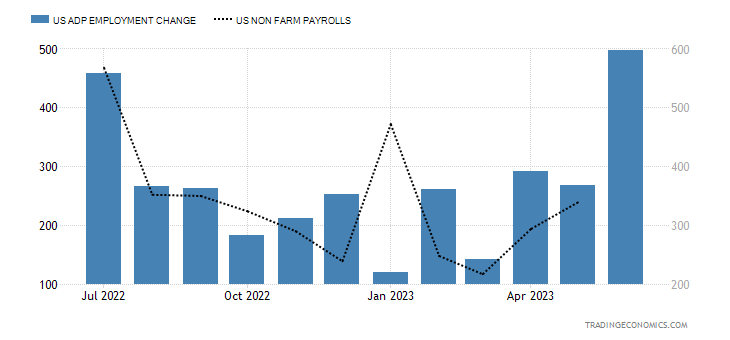
As the VIX rose and fell, market no longer panic.
The rise in US bond yields is not only due to expectations of interest rate hikes but also a reaction to the tightening of market liquidity after the US Treasury's new bond issuance. Therefore, although the short-term US bond yields have returned to the high point of March and the US yield curve is deeply inverted, it does not mean that the market is as panicked as it was in March.
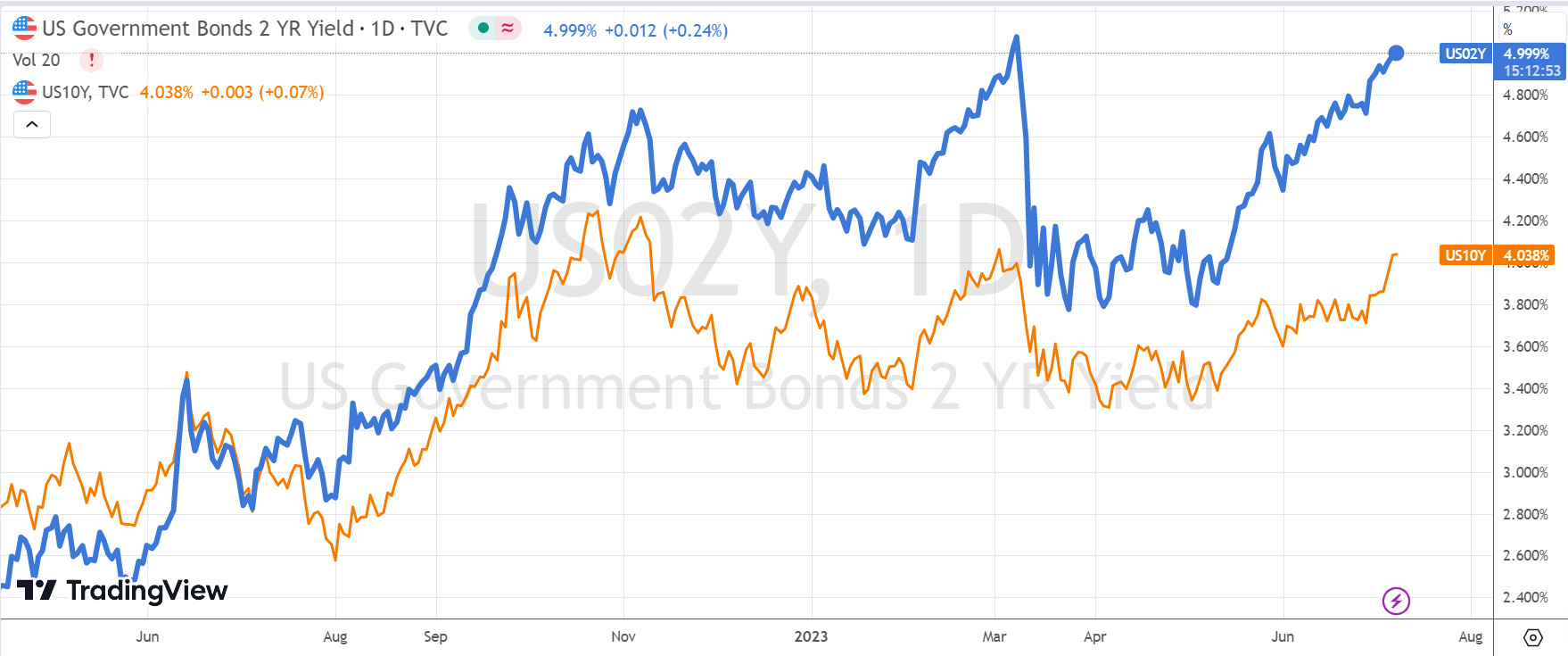
The CBOE Volatility Index (VIX) experienced a high and then fell on July 6th. On the one hand, investors are concerned about the two highly probable interest rate hikes that have not yet been priced in. On the other hand, they believe that there are enough "safe-haven" targets in the stock market to hedge risks.
$Apple(AAPL)$ and $Microsoft(MSFT)$ both closed higher on July 6th.
Despite Apple's recent downward adjustment of production expectations for the AR product Vision Pro headset, the market remains optimistic about its growth potential in the Chinese and Indian markets. With its three trillion dollar market value, it has become a "too big to fail" presence among technology companies, making it the most resistant to downturns.
Microsoft, on the other hand, benefited from institutional rating upgrades.
Morgan Stanley believes that Microsoft is in the most advantageous position in the software field, and generative AI will greatly expand the scope of automated software business, leading to a further 20% increase in the next year. This also means that Microsoft's market value may exceed three trillion US dollars in early 2024. Currently, the market expects revenue growth after 2024 to return to double digits, with a median EPS expectation of 9.62 US dollars for 2023, 10.98 US dollars for 2024, and 12.58 US dollars for 2025.
Considering that Microsoft's EPS in the past three years only fell short of expectations in Q1 2022, we estimate that there is a high probability of better-than-expected actual performance.
Recently, Wedbush raised its EPS for the 2025 fiscal year to 13.84 US dollars and raised its per share price target to 415 US dollars.
From a market sentiment perspective, Microsoft has taken a leading position as a leader in the AI wave ignited by ChatGPT, and investors consider it a top stock. Investors naturally tend to "buy in groups".
If Microsoft's AI monetization progresses faster than market expectations, it is obvious that the time to achieve expected goals will be shortened, which also explains why investors are unwilling to give up their holdings.
Disclaimer: Investing carries risk. This is not financial advice. The above content should not be regarded as an offer, recommendation, or solicitation on acquiring or disposing of any financial products, any associated discussions, comments, or posts by author or other users should not be considered as such either. It is solely for general information purpose only, which does not consider your own investment objectives, financial situations or needs. TTM assumes no responsibility or warranty for the accuracy and completeness of the information, investors should do their own research and may seek professional advice before investing.


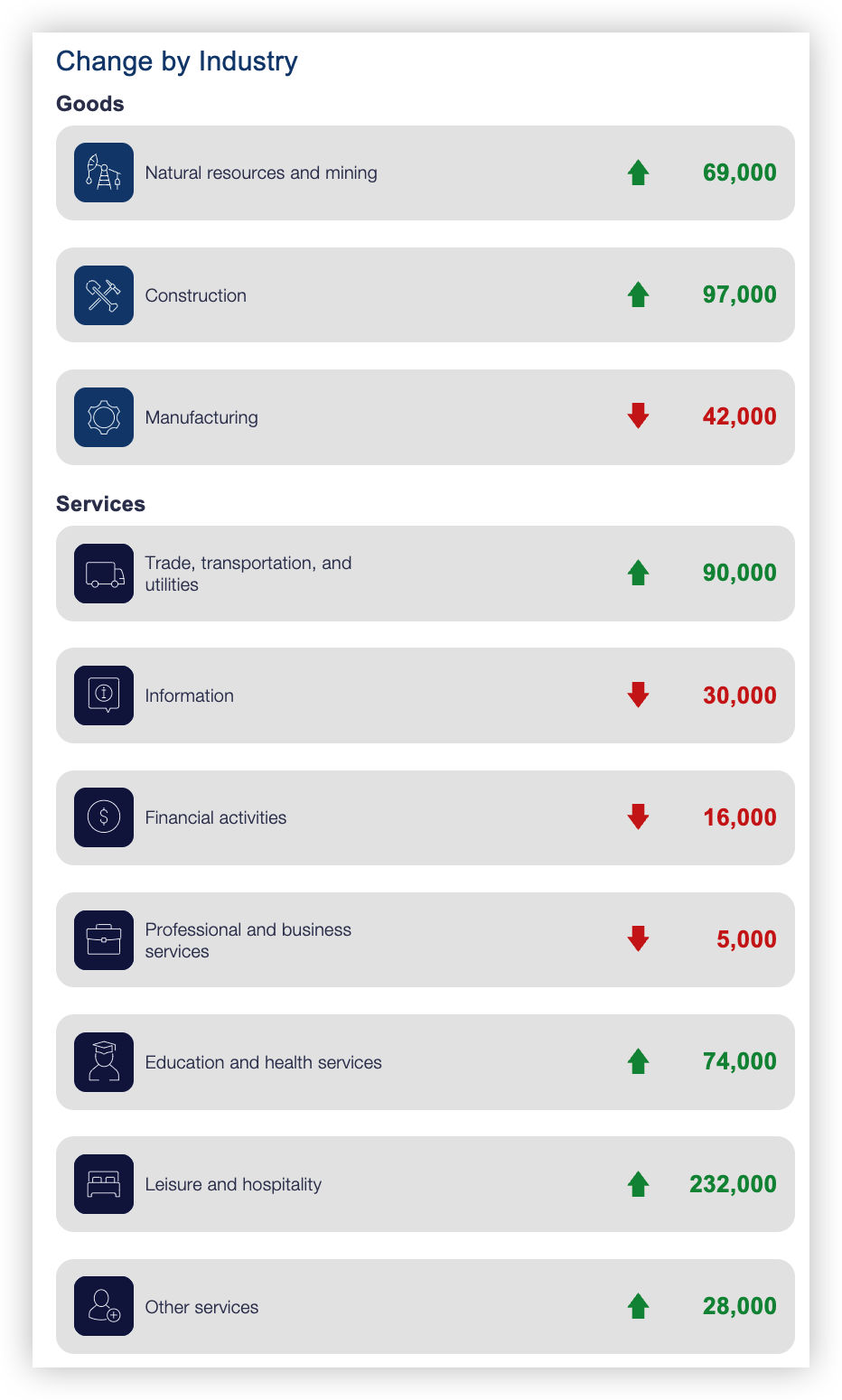
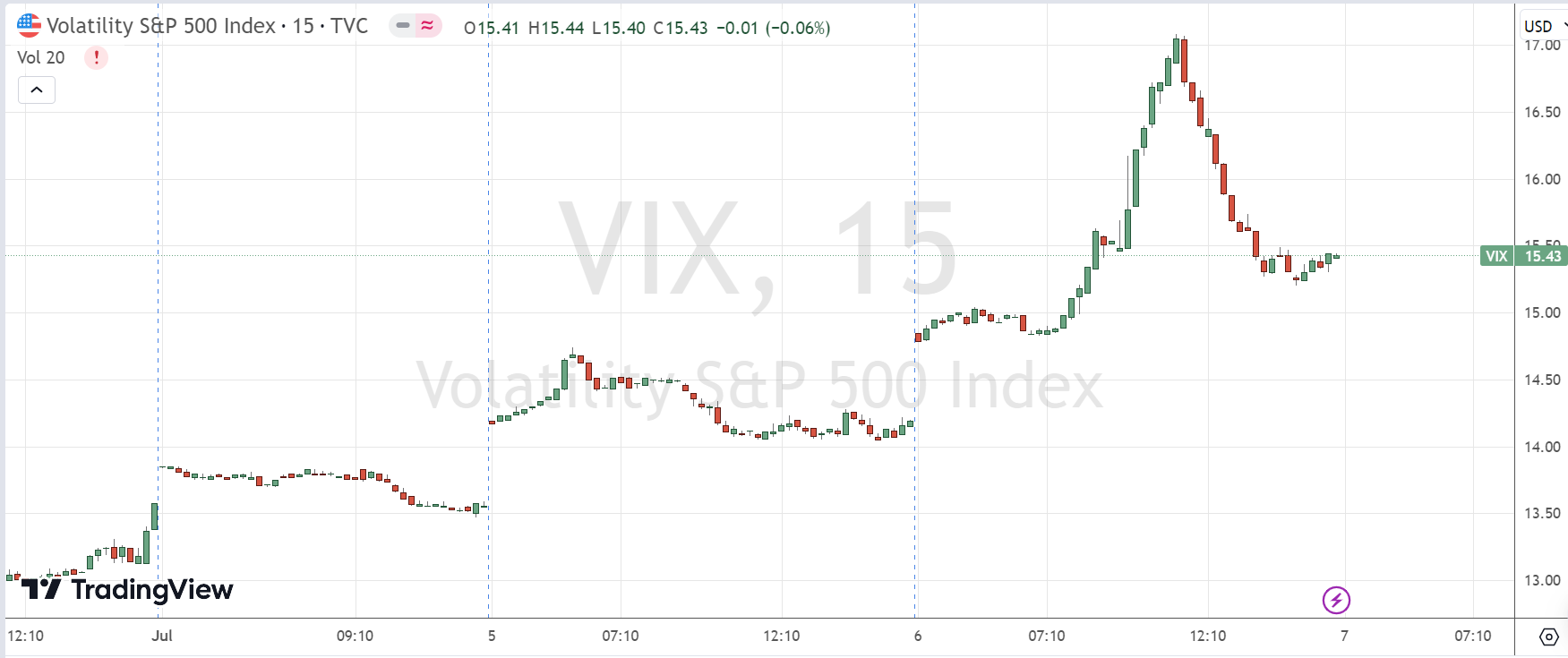
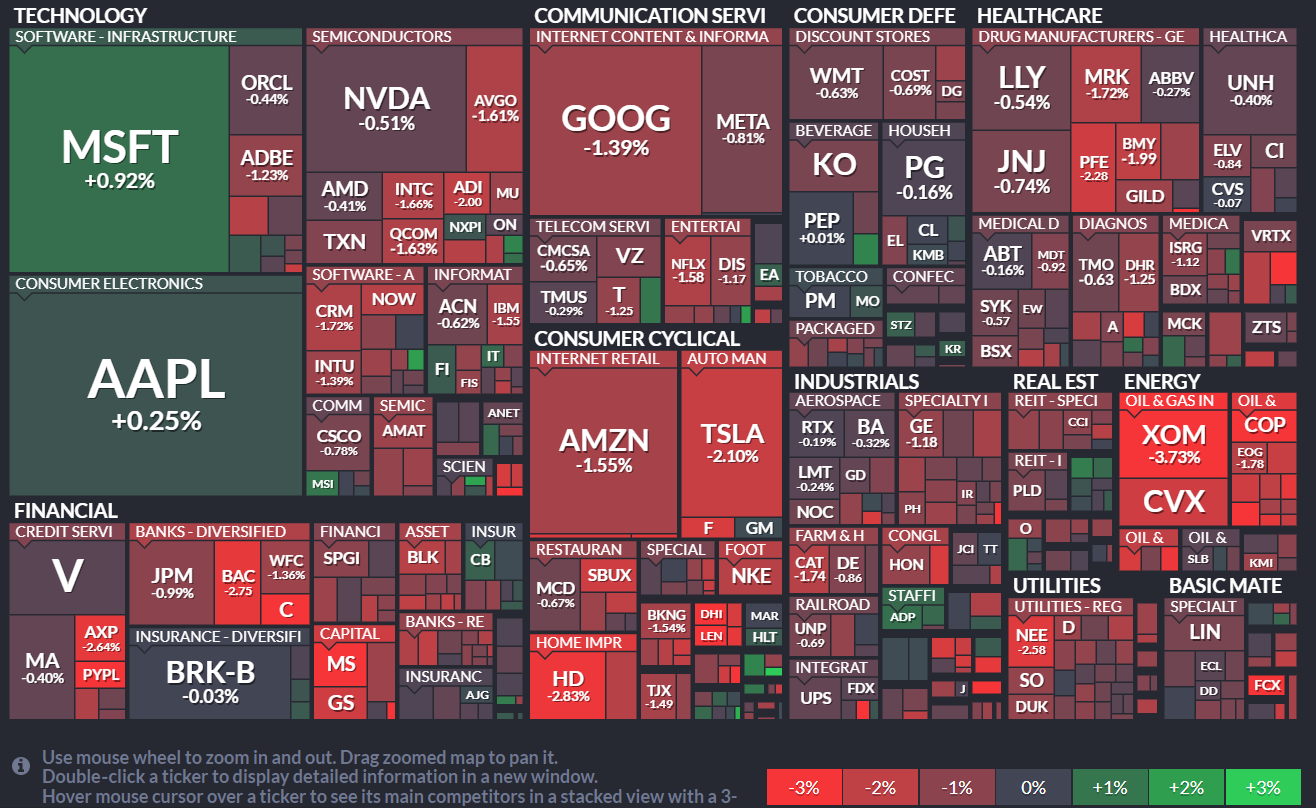
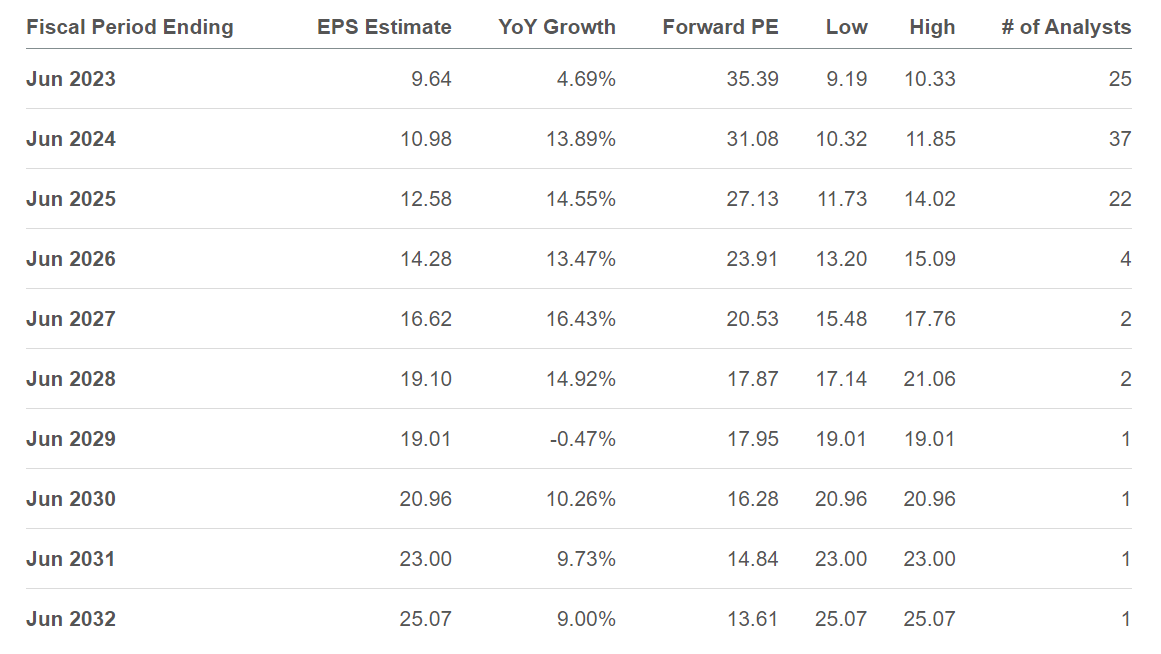
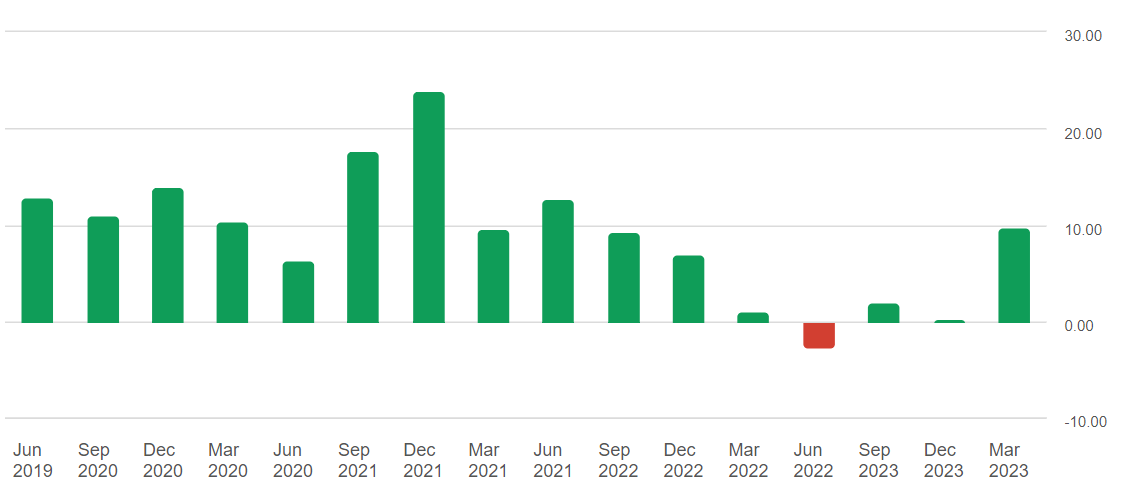
MSFT and AAPL are my best combo. I love the way that they don’t fluctuate drastically in either direction. Both of them demonstrated strength this year by reaching new ATH and completely recovered from 2022 decline. I’ll continue to add shares of this combo.
I own too much Apple, because its a set and forget stock that just grows naturally andi I can sleep knowing the trend is my friend - ie people will always have a hard on for flashy and high quality tech
MSFT is excellent in all financial parameters; thus, very undervalued now. Buy more and keep long term. MSFT will appreciate significantly in the near future
I was told Apple will be $300 by December. Do I need to buy?
I feel a partnership with Apple and Microsoft in the Future